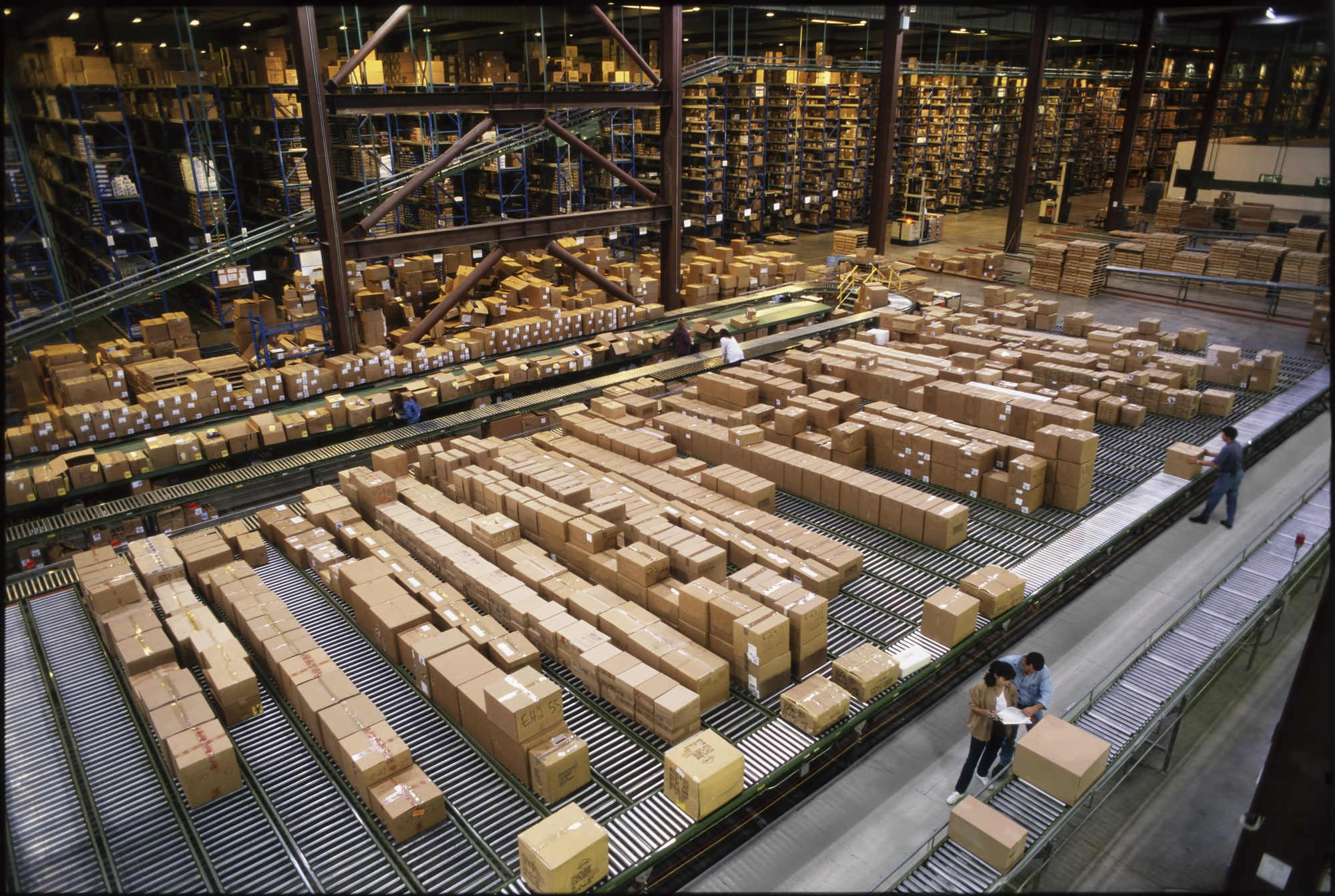The average American factory is nearly three decades old. These “brownfield” facilities are monuments to the country’s manufacturing heyday, and they were built for the times. Today, most are patchworks of old and new wiring, small-scale remodels, and alterations that catered to each individual tenant at one time or another.
By contrast, China is awash in new, purpose-built factories brimming with the latest in automation and robotics technologies, ready for the age of AI, and many are humming along with little to no human interaction. For U.S. manufacturers, capitalizing on automation in order to drive production efficiency and increase output per worker can seem like a daunting task, but collaborative robots — cobots for short — offer a path towards modernization without rebuilding.
Leveraging existing infrastructure
Greenfield facilities offer a blank slate: uniform ceilings, pristine layouts, abundant utility access, and plenty of room to invite an army of stationary robots into the fold. Most American industry happens in a much different setting, with irregular floor plans, tight aisles, and wiring that may or may not be fully documented. Replacing this existing manufacturing infrastructure can be a major misuse of capital and time. With greenfield facility construction costs averaging around $200-400 per square foot and taking up to 18-36 months, many companies cannot afford the lost market share and strained customer relationships that such long build-out times would bring.
 Rishab Agarwal
Rishab AgarwalPreserving existing brownfield manufacturing sites can eliminate these opportunity costs while retaining established workforce knowledge and supplier relationships. Something that cannot be replicated in new locations. These sites also offer irreplaceable strategic advantages, such as close proximity to transportation networks, existing utility connections, and locations optimized when rail lines, highways, and ports were being developed. Built decades ago, many of these locations are perfect for shipping and receiving. Finding new locations with these same advantages is now nearly impossible, as most prime industrial real estate near major transportation hubs has largely been developed or converted.
Rather than adopting a rip-out-and-replace model, these facilities benefit much more from the adoption of collaborative robots that work hand-in-hand with human workers. This approach maximizes return on historical capital expenditure while positioning companies to compete immediately rather than years from now, all while preserving institutional knowledge and decades of infrastructure investment. Cobots are designed for flexibility, requiring far less floor space, and thanks to built-in safety redundancies, they eliminate the need for safety cages or other new infrastructure.
A boon for the supply chain
Moving material within a facility is one of the most labor-intensive tasks at any location. In a warehouse setting, cobots are perfectly at home unloading trucks, sorting cartons, and moving inventory between specific locations. They work hand-in-hand with human staff, stay out of the way when they’re not needed, and can operate 24/7 when demand spikes.
For manufacturing facilities, cobots are taking the lead in material movement between production lines and shipping docks. This removes physical strain on human workers and dramatically reduces the likelihood of injury.
Because cobots work tirelessly in the background, material is always where it needs to be, when it needs to be there. Contemporary collaborative systems operate autonomously and integrate with existing workflow management systems without requiring specialized programming expertise.
Scaling without shutting down
Upgrading a brownfield facility to take advantage of traditional automation systems almost always requires the company to shut down its shipping, receiving, and production lines for installation. Many corporations simply can’t endure this burden, but cobots eliminate that need.
Lightweight and programmable, they can be deployed one unit at a time and scaled to meet the growing needs of any company, including small to mid-sized businesses. This staggered approach gives teams the ability to test their return on investment, ramping up their adoption of additional robots as they see improvements in throughput and efficiency.
Over time, the increase in output allows each individual company to scale naturally and at a pace that fits its needs. This incremental automation approach is perfect for mid-sized manufacturers who operate on razor-thin margins. It also allows plant managers to distribute capital expenses across multiple budget cycles rather than one massive upfront investment.
Cobots are catching on
According to the Association for Advancing Automation, U.S. manufacturers ordered over 1,050 cobots in Q1 2025 alone, a 25% increase from the year prior. With a renewed push for reshoring American manufacturing, cobots offer the quickest way for U.S.-based factories and warehouses to increase their efficiency while maintaining their current physical footprint.
Globally, the cobot market is expected to top $65 billion by 2033, with sectors like packaging, automotive, and electronics driving the most demand. U.S. labor is among the most expensive in the world. Still, by adopting a hybrid workforce that includes collaborative automation, companies can boost output while reducing injury-related absences and turnover.
The path to manufacturing competitiveness doesn’t require starting from scratch. By strategically integrating collaborative automation into existing facilities, American manufacturers can achieve the productivity gains necessary to compete globally while leveraging their established infrastructure investments. The question isn’t whether to automate, but how quickly the industry can adopt solutions that work within the facilities we already have.
Rishabh Agarwal is the Co-Founder and CEO of Peer Robotics, a collaborative mobile robotics startup with operations in the US and India. Coming from a family of small-scale manufacturers in India, he did his research along the lines of Human-Robot interaction from IIT Delhi, the University of Maryland, College Park, and Siemens in Germany. Over the last few years, he has been playing a more customer-centric role, interacting and working with end-users, building the next generation of collaborative mobile robots.




